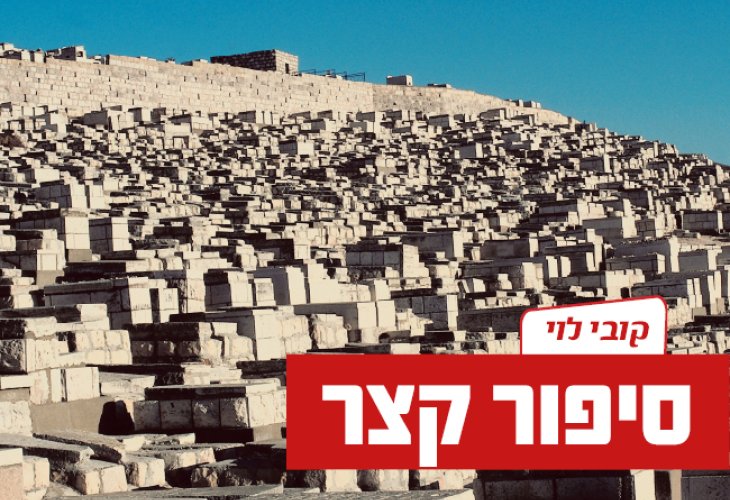Shabbat
What Is Lechem Mishneh? A Beginner’s Guide to the Double Loaves on Shabbat
Why two loaves of bread are placed on the Shabbat table—and what counts as a “whole” bread
- |Updated

If you’ve been to a traditional Shabbat meal, you may have noticed that two loaves of bread are placed on the table before the blessing over the bread is recited. This custom, called lechem mishneh (Hebrew for “double bread”), is an important part of honoring Shabbat. But what does it mean, and how exactly does it work?
Here’s a simple guide to help you understand this beautiful tradition and how it’s practiced.
Why Do We Use Two Loaves on Shabbat?
The practice of using two loaves of bread is rooted in the period when the Israelites wandered in the desert. Every Friday, a double portion of manna—the heavenly food—fell from the sky so the people wouldn’t need to gather food on Shabbat. Today, we remember this miracle by placing two loaves of bread on the Shabbat table.
Before the meal begins, someone (usually the host) recites the blessing over bread (hamotzi) and cuts the bread to share. According to Jewish law, everyone at the table should eat from the bread that the blessing was made on. This is different from the kiddush (the blessing over wine), where only the person reciting the blessing needs to drink, and others may choose to sip the wine as a custom.
What Kind of Bread Can Be Used?
Whole Loaves Are Best:
The ideal is to use two whole loaves of bread or challah. If you don’t have whole loaves, you can still participate in the mitzvah (commandment), but it’s not quite the same.
Can I Use Slices of Bread?
If whole loaves aren’t available, some rabbis permit using two slices of bread, especially in a pinch. This doesn’t fulfill the mitzvah completely, but it shows the intention and effort to honor the tradition.
What About Loaves That Are Stuck Together?
If two challahs were baked too close together and are stuck, you can gently pull them apart and still use them as two loaves. Just avoid cutting the challah at the spot where they were joined, since it might look like the bread is broken.
Reconnecting Two Halves of a Challah:
If your challah broke in half, you can gently insert a toothpick to hold the two pieces together for presentation. Jewish law allows this, as long as the bread still looks mostly whole. If you have an unbroken loaf, that should be used instead.
What About Frozen Bread?
There’s a debate about whether a frozen challah that’s too hard to eat can count as one of the two loaves. Some rabbis say it’s okay since it could be defrosted quickly or even eaten frozen in a pinch. Others are stricter and say it should only be used if the meal will last long enough for the bread to thaw. When possible, it’s best to use fresh or fully defrosted bread.
What Should You Do at the Table?
When the blessing over the challah is recited, everyone should eat a piece of the loaf. This connects each person to the mitzvah. If you’re hosting and have guests, make sure to pass around pieces of the bread after the blessing.
Sharing bread from the same loaves with the people around our table is a powerful way to connect with the tradition and with the spirit of Shabbat.

